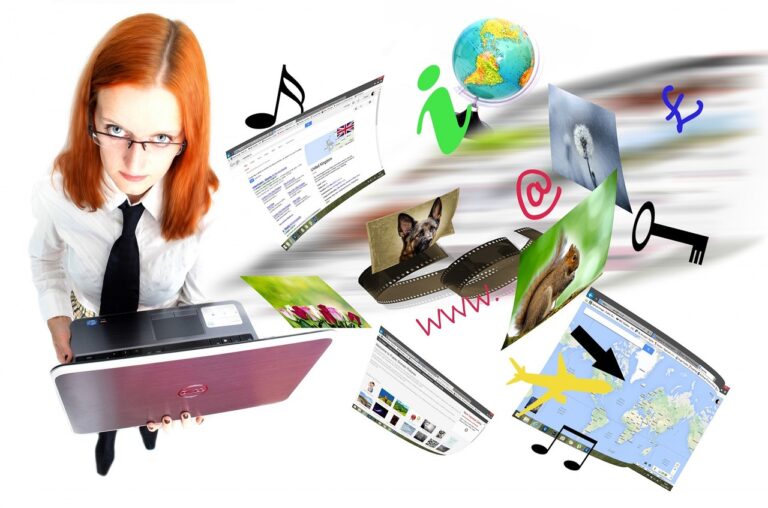The Future of Smart Cities: Sustainable Urban Development
Urbanization poses numerous challenges as cities continue to expand and populations increase rapidly. Issues such as traffic congestion, air pollution, inadequate infrastructure, and limited access to basic services are becoming more prevalent in urban areas. These challenges not only impact the quality of life of residents but also strain resources and hamper sustainable development efforts.
In light of these challenges, the need for smart solutions in urban management has become increasingly apparent. Integrating Internet of Things (IoT) and Artificial Intelligence (AI) technologies can enhance the efficiency of various urban systems, ranging from transportation and waste management to energy distribution and public safety. By leveraging these technologies, cities can optimize resource allocation, improve service delivery, and create more sustainable and resilient urban environments.
Implementing IoT and AI Technologies for Efficient Urban Management
Efficient urban management in today’s fast-paced world necessitates the integration of cutting-edge technologies such as IoT and AI. These innovative solutions offer a wide array of benefits, ranging from improved resource allocation to enhanced citizen engagement. With the ability to collect and analyze vast amounts of data in real-time, these technologies empower city officials to make informed decisions that optimize urban services and operations.
By harnessing the power of IoT and AI, cities can streamline processes and enhance overall efficiency. For instance, sensors embedded in infrastructure can provide valuable insights into traffic patterns, waste management, energy consumption, and more. By leveraging AI algorithms to analyze this data, urban planners can identify trends, predict future needs, and proactively address potential challenges. Ultimately, the integration of IoT and AI technologies is essential for creating smarter, more sustainable cities that improve the quality of life for residents while effectively managing resources.
Creating Sustainable Transportation Systems in Smart Cities
Smart cities are increasingly focusing on developing sustainable transportation systems to address the challenges posed by growing urbanization. Integrated public transportation networks, including buses, trams, and subways, are being prioritized to reduce private car usage and curb congestion in city centers. By offering efficient and convenient alternatives to driving, smart cities aim to decrease emissions, enhance air quality, and improve the overall quality of life for residents.
Incorporating innovative technologies such as IoT and AI enables smart transportation systems to optimize routes, schedules, and fleet management. Real-time data collection and analysis help identify areas of improvement and allow for dynamic adjustments to meet evolving demands. By leveraging these advanced solutions, smart cities can enhance the reliability, safety, and sustainability of their transportation networks, ultimately creating more livable and eco-friendly urban environments.
– Efficient and convenient public transportation networks are key in reducing private car usage
– Integrated systems including buses, trams, and subways help curb congestion in city centers
– Smart cities aim to decrease emissions and improve air quality for residents
– Innovative technologies like IoT and AI optimize routes, schedules, and fleet management
– Real-time data collection allows for dynamic adjustments to meet evolving demands
What are the challenges of urbanization and why do we need smart solutions?
Urbanization leads to increased traffic congestion, pollution, and energy consumption. Smart solutions can help manage these challenges efficiently.
How can IoT and AI technologies help in urban management?
IoT can collect data from various sources to provide real-time insights, while AI can analyze this data to optimize urban services and improve decision-making.
What are some examples of sustainable transportation systems in smart cities?
Examples include electric buses, bike-sharing programs, and intelligent traffic management systems that reduce emissions and improve traffic flow.
How can citizens contribute to creating sustainable transportation systems?
Citizens can use public transportation, carpool, bike, or walk instead of driving alone, and provide feedback to city authorities on transportation needs and preferences.







